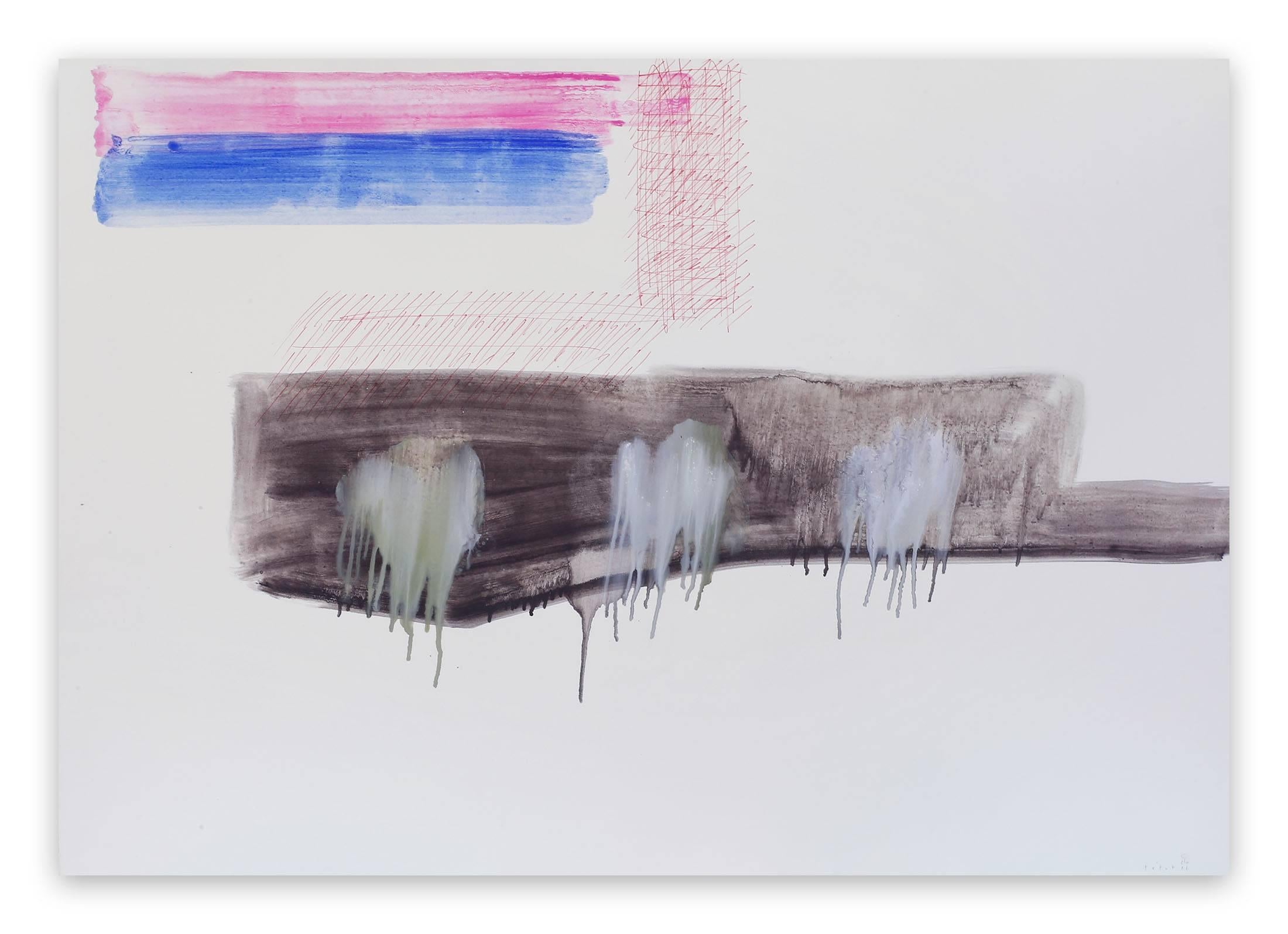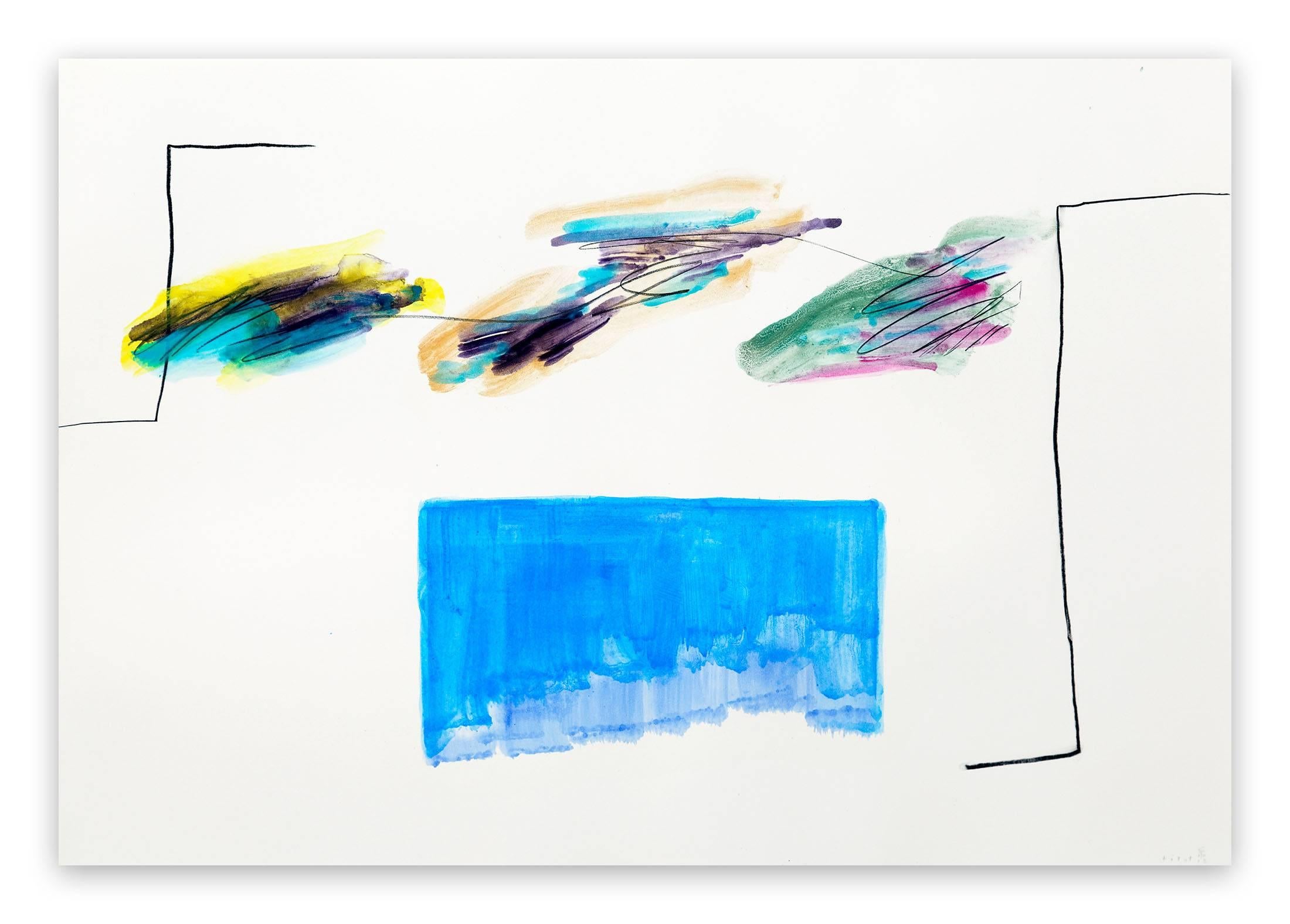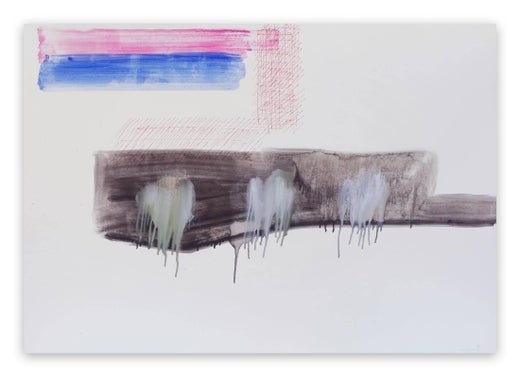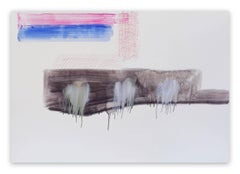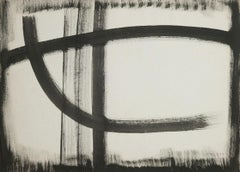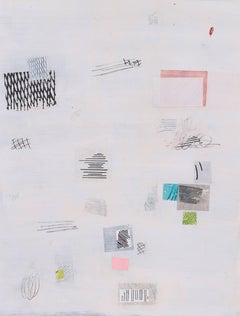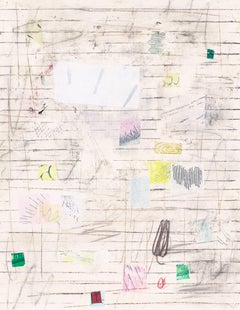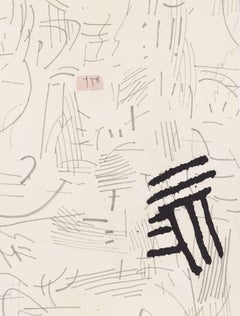Claude TétotUntitled 8 (Abstract painting)2011
2011
About the Item
- Creator:Claude Tétot (1960, French)
- Creation Year:2011
- Dimensions:Height: 27.56 in (70 cm)Width: 39.38 in (100 cm)
- Medium:
- Movement & Style:
- Period:
- Condition:New. First hand item, delivered directly from the artist's studio.
- Gallery Location:London, GB
- Reference Number:1stDibs: LU65939550532
Claude Tétot
Claude Tétot is a French abstract artist, whose work expresses harmony in disharmony by exploring the enigmatic unity that can exist between seemingly disparate elements, such as graphic patterns and gestural markings. Tétot is inspired by the search for unexpected harmonies. He could be placed in an aesthetic lineage with Hans Hofmann and Shirley Jaffe. Like Hofmann, Tétot relishes the hand painted mark and is masterful at expressing depth by allowing contrasts between hues and tints to speak for themselves. Like Jaffe, Tétot employs the white ground of his surfaces as if it is an expression of form and he fearlessly embraces cacophony, revealing the strange harmonies that exist within apparent contradictions. Tétot then extends beyond the traditions of his Modernist influences. He has exhibited in solo and group exhibitions in galleries and museums in France, Luxembourg and Germany. In addition to private collections, Tétot's work is in the permanent collections of the National Foundation for Contemporary Art in Paris and the Regional Contemporary Art Fund, Auvergne.
- ShippingRetrieving quote...Shipping from: Savins, France
- Return Policy
More From This Seller
View All2010s Abstract Expressionist Abstract Drawings and Watercolors
Paper, Oil, Acrylic
2010s Abstract Expressionist Abstract Drawings and Watercolors
Paper, Oil, Acrylic
2010s Abstract Expressionist Abstract Drawings and Watercolors
Paper, Oil, Acrylic
2010s Abstract Expressionist Abstract Drawings and Watercolors
Paper, Oil, Acrylic
2010s Abstract Expressionist Abstract Drawings and Watercolors
Paper, Oil, Acrylic
2010s Abstract Expressionist Abstract Drawings and Watercolors
Paper, Oil, Acrylic
You May Also Like
1950s Abstract Abstract Drawings and Watercolors
Ink
2010s Abstract Abstract Drawings and Watercolors
Other Medium
2010s Abstract Abstract Drawings and Watercolors
Mixed Media
2010s Abstract Abstract Drawings and Watercolors
Other Medium
2010s Abstract Abstract Drawings and Watercolors
Other Medium
2010s Abstract Expressionist Abstract Drawings and Watercolors
Paper, Acrylic
